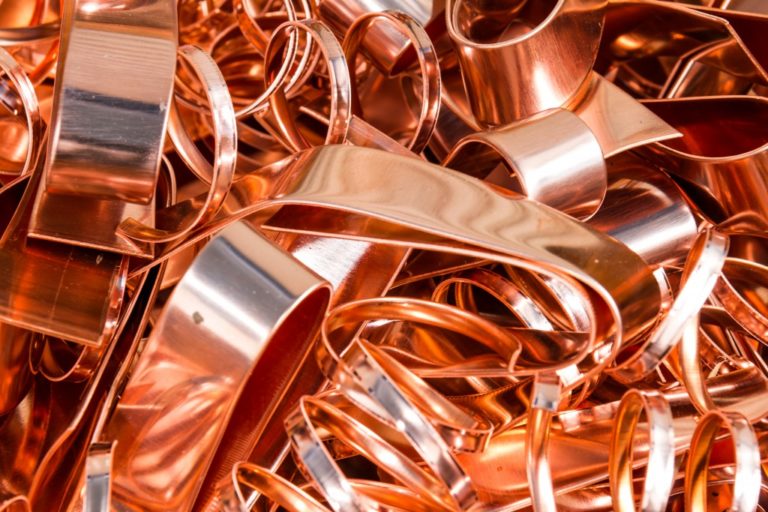So why should we recycle metals? It is said that metals are very valuable materials that can be recycled over and over, without lessening the value of their properties. We recycle metals because there is a high demand for them. Fortunately, there are too many scrap metals that we can easily meet the demand.
Since scrap metals still have value, a lot of people are motivated to collect scrap and sell it to recycling companies. In fact, magnesium, tin, nickel, and other precious metals are recovered in small amounts from scrap metals. In the production of industrial metals and alloys, such as zinc, aluminium, steel, lead, and copper, scrap metals are a reliable source. In any process of metal recycling, it always comes with different stages. The main ones include the following:
Collecting and Sorting
Used metals have higher scrap value, so they are likely to be sold to scrapyards instead of landfills. Scrapyards then sell them to recycling centres which are responsible for metal sensing, separation, and sorting. Metals may be collected from large sources such as railroad tracks, large steel structures, farm equipment, and consumer scrap. Sorting, which comes after, is where metals are separated. There are mixed scrap metal streams, and then there is the multi-material waste stream. Through automated recycling operations, sensors and magnets are used to help with the separation of the materials. Some metals can be melted first and then separated in their liquid forms.
Processing and Melting

Metals are shredded at this stage. In general, scrap steel is converted into steel blocks, while aluminium ones are converted into tiny aluminium sheets. The process is done to aid the melting process. During the actual melting process, a large furnace is used to melt the scrap metals. Different metals are taken to a particular furnace specifically designed for it. Here, a huge amount of energy is consumed. The entire process is far more energy-efficient than when producing new metals out of raw materials.
Purifying and Solidifying
These will ensure that the final product is free of any forms of contaminants and is of top quality. Electrolysis is a common method for purification. Once purified, a conveyor belt carries the melted metal to solidify and cool the metals. This is where the metals are formed in different shapes. The most basic shapes are bars because these are easily used to produce different types of metal products. Bars are also the most used shapes in construction and home repair or renovation.
Transporting
This is the final process. The metals are now ready to use and transported to different factories. From the factories, the recycled metals are then used as raw materials to produce new products.
Aside from the financial incentives, metal recycling such as copper recycling also has this environmental importance. When you recycle metals, you get to help preserve the planet’s natural resources. Since processing and manufacturing new products entail more energy and use of raw materials, this makes recycling a practical approach to helping save the environment.
